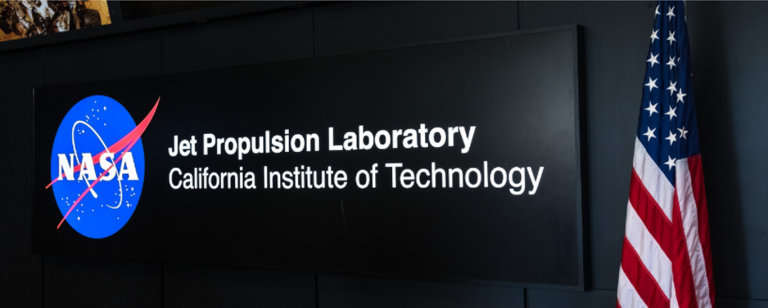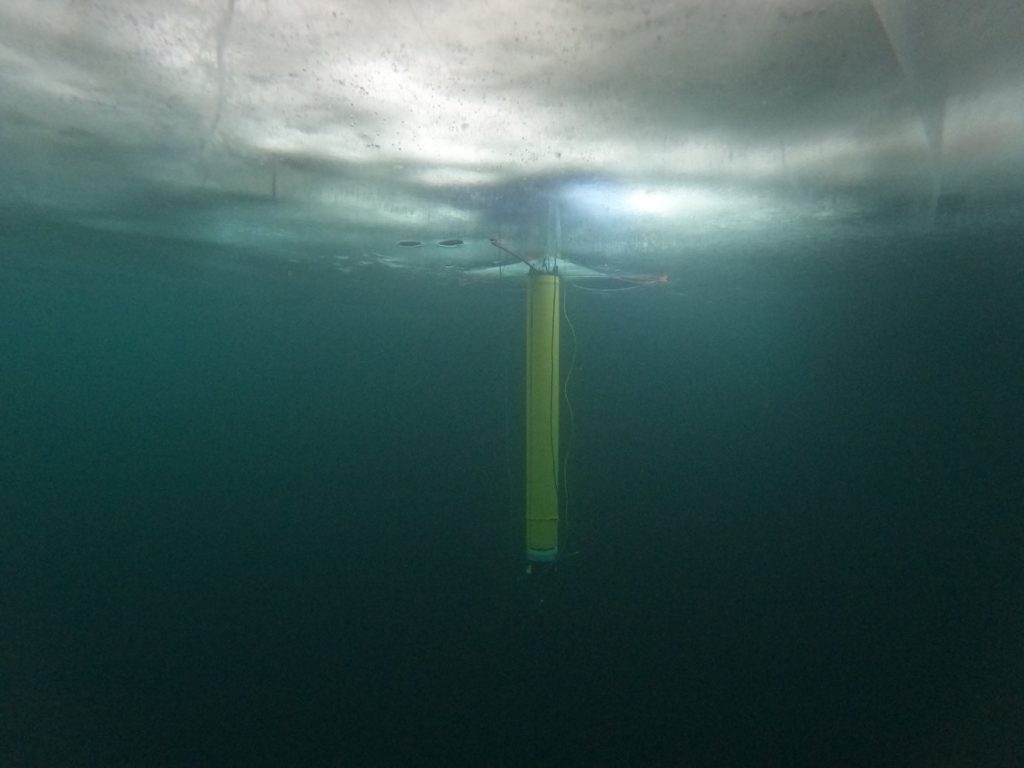NASA NEO Surveyor Begins Its Mission to Protect Earth From Asteroids
NASA’s NEO Surveyor mission, Scheduled for a 2027 launch, aims to bolster planetary defense by detecting and tracking asteroids and comets that could pose a threat to Earth. The mission will utilize a state-of-the-art infrared telescope to identify hard-to-see objects in space, specifically those in the near-Earth vicinity. This technological leap forward is a crucial step in safeguarding the planet, providing scientists with new capabilities to understand and reduce the risks posed by these space objects.
Summary
- NASA’s NEO Surveyor mission is focused on protecting Earth from near-Earth objects (NEOs).
- The spacecraft will utilize a cutting-edge infrared telescope to detect asteroids and comets that are otherwise hard to spot.
- Critical testing for the mission is ongoing at NASA’s Johnson Space Center in Houston.
- The NEO Surveyor mission will perform a series of tests to ensure spacecraft survival in space.
- A key component, the instrument enclosure, is currently being exposed to simulated deep space conditions in Chamber A at NASA’s Johnson Space Center.
- The spacecraft will be assembled at the Space Dynamics Laboratory in Utah after testing.
- NEO Surveyor’s infrared technology will identify heat signals from objects that absorb energy from the Sun.
- Despite challenges such as the Eaton Fire, the project remains on track with vital components protected and tested.
- The spacecraft’s design is being developed by multiple aerospace companies, including BAE Systems and Teledyne.
- NASA’s Jet Propulsion Laboratory (JPL) is managing the mission with support from the Planetary Defense Coordination Office at NASA’s Marshall Space Flight Center.
- The spacecraft will be launched in 2027 with a mission duration expected to last several years.

Introduction to NEO Surveyor Mission
NASA’s NEO Surveyor mission represents a monumental leap in planetary defense technology. Scheduled for launch in 2027, the spacecraft aims to detect and track potentially hazardous asteroids and comets using infrared technology. This mission will provide crucial data that can help mitigate the risk of a catastrophic collision with Earth. As part of NASA’s commitment to protecting the planet, the NEO Surveyor mission focuses on objects that are typically difficult to detect with visible light, relying instead on their infrared emissions.
Mission Objectives and Key Testing Phases
At its core, the mission’s primary objective is to safeguard Earth by identifying near-Earth objects (NEOs) that could pose a significant threat. Many of these asteroids and comets, which orbit the Sun, are not visible to conventional telescopes. However, they emit a detectable heat signature, making infrared detection crucial.
The NEO Surveyor spacecraft, equipped with an advanced infrared telescope, is undergoing rigorous testing to ensure its success in space. One of the most vital components of the mission is the instrument enclosure, a 12-foot long structure that shields the telescope and helps dissipate heat during operations. This component is currently undergoing testing at NASA’s Johnson Space Center in Houston. The testing takes place in Chamber A, a historic facility within the Space Environment Simulation Laboratory. This chamber simulates the extreme conditions of deep space, ensuring that the spacecraft can withstand the vacuum and frigid temperatures of outer space.
You can find more about the testing protocols and NASA’s testing facility at NASA’s Chamber A page.
Overcoming Challenges During the Testing Phase
As the mission progresses, NASA has faced several unforeseen challenges. One such obstacle was the Eaton Fire, which forced employees at NASA’s Jet Propulsion Laboratory (JPL) to work remotely from January 8 until January 27. Despite this, the mission continued to move forward as planned. Critical components were secured, and essential work on the NEO Surveyor spacecraft persisted.
The instrument enclosure will soon be sent to the Space Dynamics Laboratory in Logan, Utah, where it will be integrated with the telescope’s aluminum body, also under testing. This critical integration will mark a milestone in the mission’s development, as the spacecraft begins to take shape.
You can follow the updates on the laboratory’s status during this period at NASA’s Emergency Updates page.
The Role of Infrared Technology in NEO Detection
One of the most innovative aspects of the NEO Surveyor mission is the use of infrared technology. Unlike visible light telescopes, which struggle to detect asteroids that are far from the Sun or have low reflectivity, infrared telescopes like NEO Surveyor can identify objects based on the heat they emit. As these objects absorb sunlight, they heat up and emit infrared radiation, which can be detected by the spacecraft’s infrared instruments.
The use of infrared imaging will allow scientists to find hard-to-detect objects that would otherwise go unnoticed by conventional observation methods. This is especially important as these objects, when in close proximity to Earth, pose a significant risk. With infrared detection, scientists can more accurately track their movement and potential impact threats.
Mission Integration and Launch Plans
After the testing and integration of the various components, the NEO Surveyor spacecraft will undergo final assembly at the Space Dynamics Laboratory (SDL) in Utah. The integration process will combine the infrared telescope with the rest of the spacecraft’s systems, ensuring all parts work together seamlessly for the upcoming launch.
Dr. Amy Mainzer, the lead on the NEO Surveyor mission, emphasized the importance of collaboration in making this mission a reality: “Our team is working hard to build the most advanced asteroid-hunting spacecraft. Every member of our team, from the engineers to the scientists, has contributed to the success of this project.”
Challenges Faced by the NEO Surveyor Mission
In addition to the unforeseen obstacles such as the Eaton Fire, the NEO Surveyor mission also faces the technical challenges of building and testing such a sophisticated spacecraft. The spacecraft needs to be resilient to the extreme conditions of space, from the freezing cold of deep space to the intense heat near the Sun. To withstand these challenges, NASA is relying on its extensive experience and testing facilities, such as the Space Environment Simulation Laboratory, which has been pivotal in ensuring that spacecraft, like the James Webb Space Telescope, can endure harsh space conditions.
For more information on the Space Environment Simulation Laboratory, visit NASA’s Space Environment Simulation Laboratory.
NASA’s NEO Surveyor mission marks a significant milestone in the agency’s efforts to protect Earth from potential asteroid impacts. By utilizing advanced infrared technology, the mission will be able to detect and track near-Earth objects that might otherwise remain hidden from view. Despite facing challenges such as the Eaton Fire, the mission is on track to launch in 2027, with NASA’s team working diligently to ensure its success.
As the mission progresses, scientists and engineers are continuing to make breakthroughs in the understanding and monitoring of asteroids, contributing to a safer future for Earth.
Fun Facts
- The NEO Surveyor mission is NASA’s first space-based project entirely dedicated to planetary defense.
- Testing for the mission is being conducted in the same facility that tested the Apollo spacecraft.
- The mission’s data will be accessible to researchers worldwide, fostering international collaboration on asteroid defense.
References
- Work is Under Way on NASA’s Next-Generation Asteroid Hunter
- NASA’s Thermal Vacuum Chamber A
- JPL Emergency Operations













